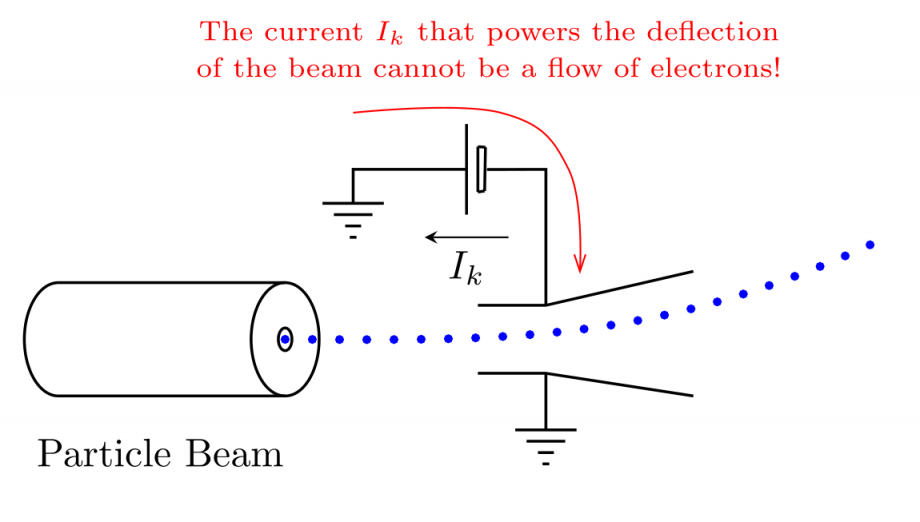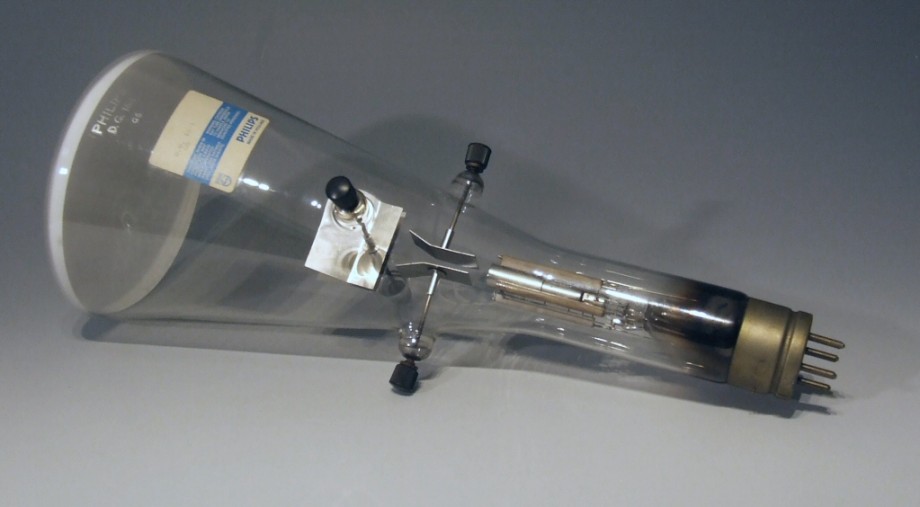The scientific profession, like all other professions, build structures that dictate process within the profession.
In the sciences, information of specialised journals, the foundation of specialists’ societies, and the claim for special place in the curriculum have usually been associated with the group’s first reception of a single paradigms.
The more rigid definition of the scientific group has other consequences.
When the individual scientists can take a paradigm for granted, he needs no longer, his major works, attempt to build his field a new, starting from first principles and justifying the use of each concept introduced. That can be left to the writer of textbooks.
Thomas Kuhn
The Structure of Scientific Revolutions
The scientific structure as Kuhn describes has inevitably dangers. A flawed fundamental paradigm propagates, multiplies, and is defended by the group. But the unavoidable will happen, at some time or other the error is discovered — not by measurements or observations, these all confirm the worldview — but by a new logical argument that was not thought of before. Reasoning logically is what makes us human. One cannot argue away an absurdity discovered by logic; according to Popper’s philosophy, such an absurdity would falsify all theories based on the flawed paradigm. Therefore, the scientific group, as described by Kuhn, is always in danger of being disproved overnight, and thrown into crisis.
For example, the nineteenth century scientist described an electric fluid that pervades all substances, hence the term electric current, or a flow of electric charge. In 1865 Maxwell defined the displacement current, the rate of change of an electric displacement field, enabling him to unify the electric and magnetic field. The displacement current is not an electric current of moving charge, but a time-varying electric field. Sir Joseph Thomson in 1897 discovered the electron and the electric fluid could now be described by a physical entity. In 1900 Paul Drude published his model for electric conduction using free electrons. His model for electric current is the accepted paradigm; physics uses it in all fields, be it plasma physics, semiconductors, superconductors, or electrochemistry. However, a simple thought experiment shows impartially that electric current defined as moving charge is a logically fragile, mistaken, and an unsupportable assumption.
We accept the statement: An electric current is a flow of electric charge. Let us design an experiment to test the statement: In electric circuits, electrons carry this charge.
A capacitor, two parallel plates placed in vacuum, connected to a constant voltage source. Initially charging current flows that reduces to zero once the capacitor is charged to the same potential as the voltage source. The current in the conductive circuits, according to Drude’s model, was a migration of electrons. The current across the vacuous gap was a displacement current as defined by Maxwell. We infer that one plate has an excess of electrons the other place a lack of the same amount, no electrons crossed the vacuous gap.
We now introduce a particle beam, i.e. charged particles say protons, and shoot it between the plates with a direction parallel to the plates (like in the early cathode ray tubes as shown in the figure below). The beam is deflected towards the plate that has opposite charge to the particles, and gains momentum in that direction. The momentum in the original direction preserved and the particles in the beam gain kinetic energy. Electric current again flows in the circuit; the electric power delivered equals the power necessary to deflect the beam. Again, no electrons cross the vacuous gap.
We now have an absurdity; migrating electrons cannot describe the electric current in the latter case. Any flow of electrons would cause an indefinite build-up of electrons on one plate and an equal shortfall on the opposite. It is simply a physical impossibility! (more details in this article)
A fundamental paradigm that underpins modern physics theories is overthrown. Drude’s theory is no longer defensible. Hundred and sixteen years of electric related physics theories are now highly questionable — physics has an electrifying crisis.



You must be logged in to reply to this topic.